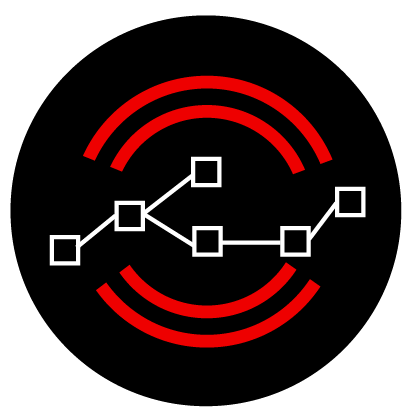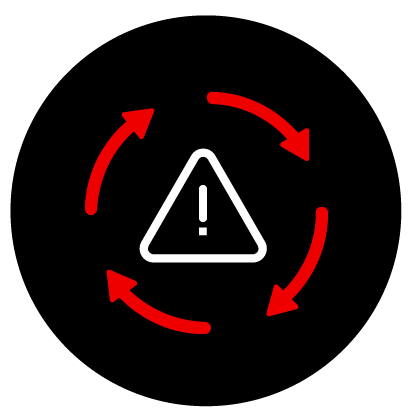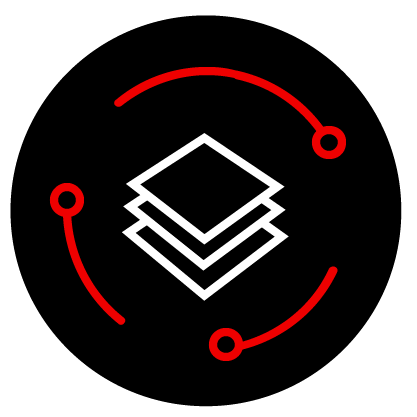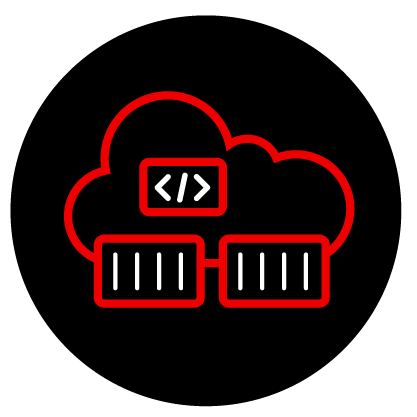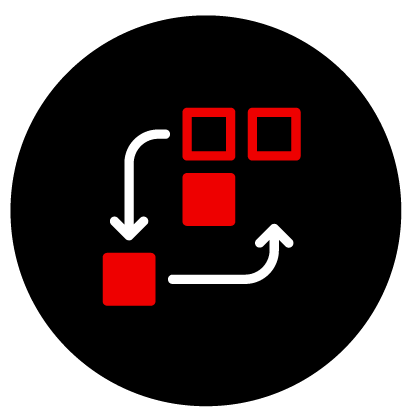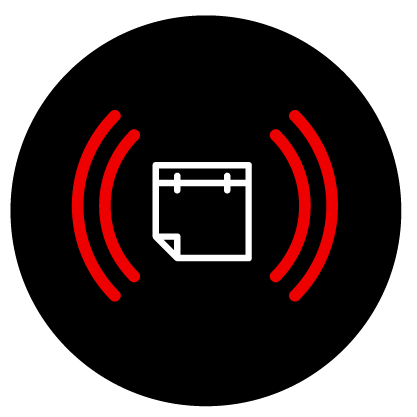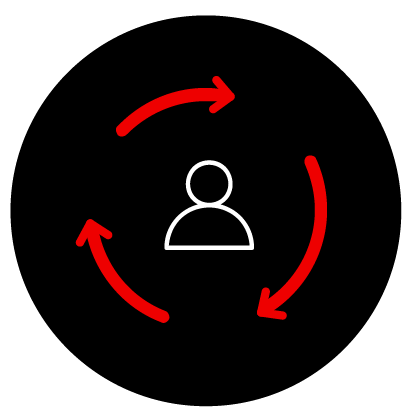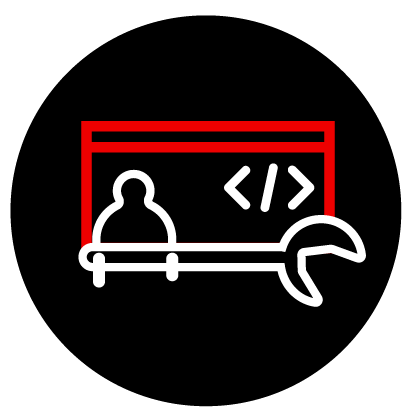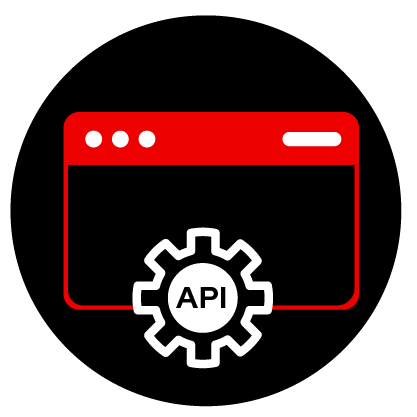Microservices
Microservices breakdown your application architecture into smaller, independent components that communicate through APIs.This approach lets multiple team members work on different parts of the architecture simultaneously for faster development. It’s a scalable, flexible, resilient way to build modern applications. .
Microservices and hybrid cloud: A perfect union
The joining of microservices and hybrid cloud architecture has come to define cutting-edge software design and deployment.Individual microservices fulfill a specific function to contribute to the larger application system.
Combining this approach with a hybrid cloud, which blends the advantages of public and private clouds:
- Enhances your application’s flexibility
- Boosts efficiency, and
- Scales with your business needs
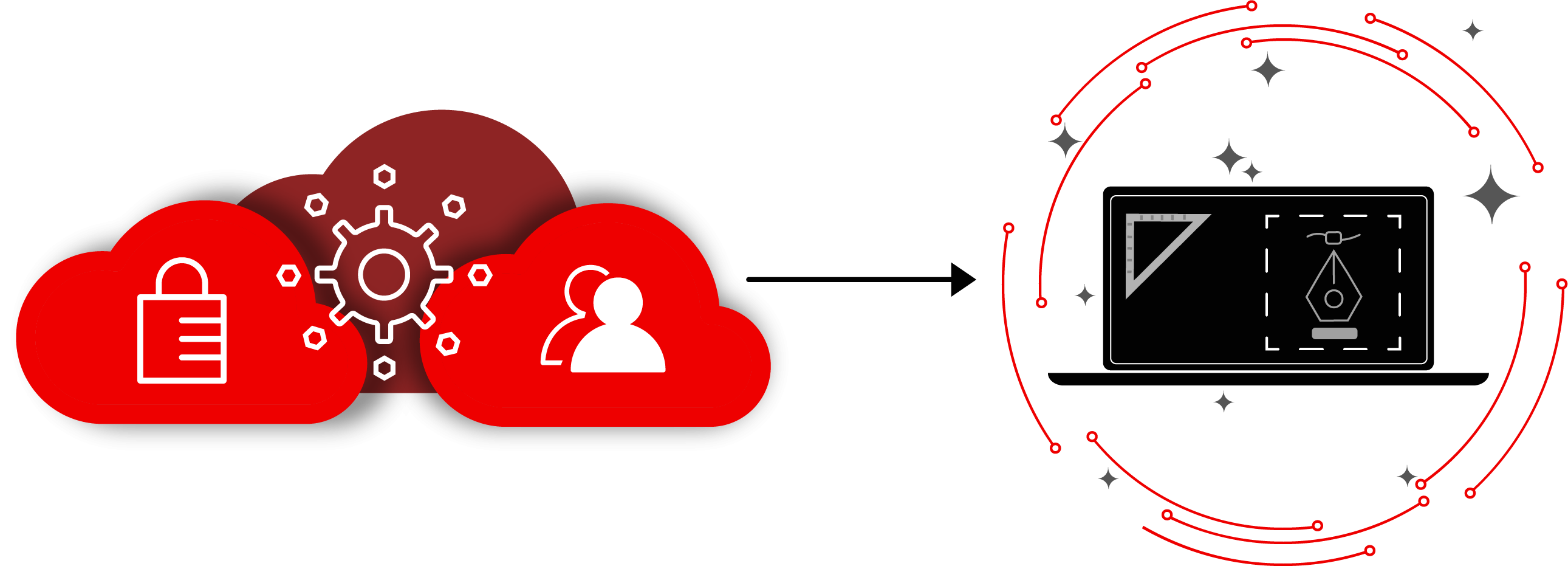
Red Hat named a Leader in Multicloud Container Platforms
Red Hat was recognized by Forrester as a leader in The Forrester Wave™: Multicloud Container Platforms, Q4 2023.
Red Hat named a Leader for Container Management
Red Hat was recognized by Gartner® as a Leader in the September 2023
Magic Quadrant™.
Microservices for Java Developers
Java microservices help developers build and ship applications faster, improve scalability and security, and adapt quickly to changing business needs.
Learn Microservices
Advanced microservices tracing with Jaeger
One of the greatest challenges of moving from traditional monolithic application design to a microservices architecture is being able to monitor your business transaction flow—the flow of events via micro service calls throughout your entire system.
Free Microservices Course from Red Hat
Sign up for a free video course on Microservices, Developing Cloud-Native Applications with Microservices Architectures (DO092).
Microservices Books






Recent Microservices articles
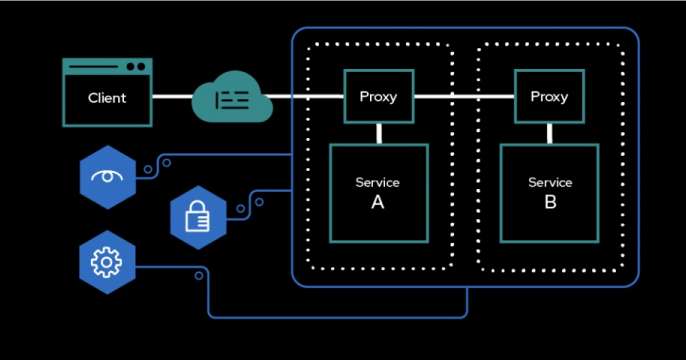
Learn how to configure, trigger, and monitor a circuit breaker using Red Hat...
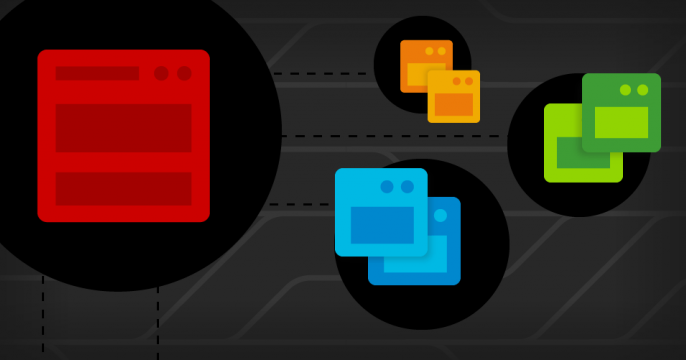
Learn how OpenShift Service Mesh 3 unifies single clusters into an...
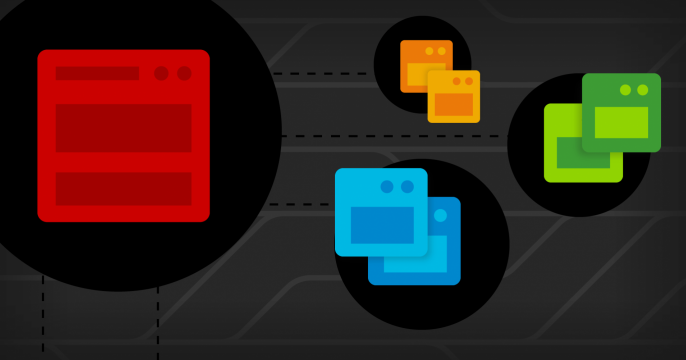
Discover how OpenShift Service Mesh 3 streamlines microservices architecture,...

Discover a highly resilient multicluster architecture with Red Hat OpenShift...
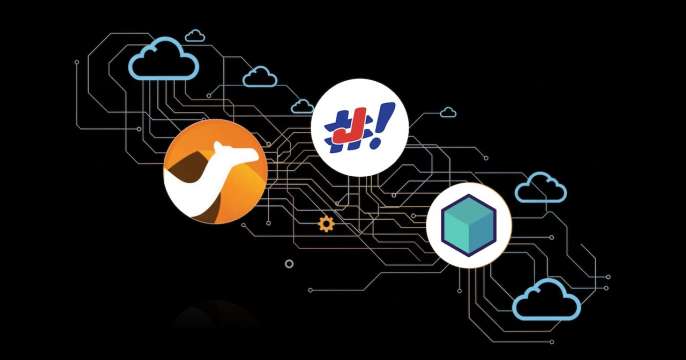
Discover how Camel JBang's infra command simplifies local development by...
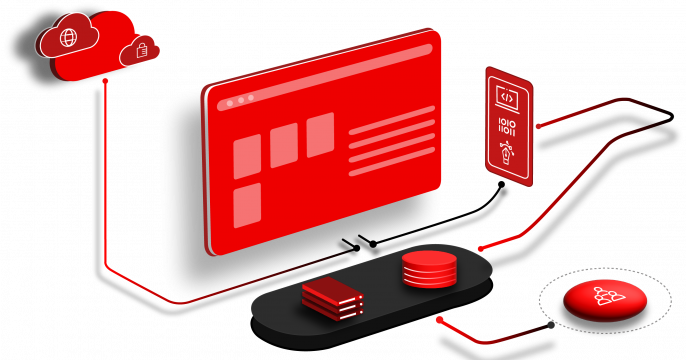
Discover how krknctl simplifies chaos engineering and empowers users to...
